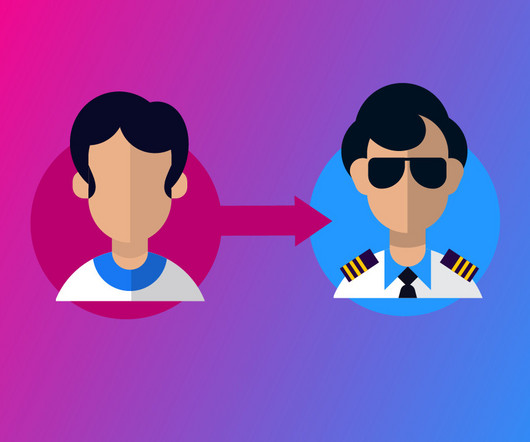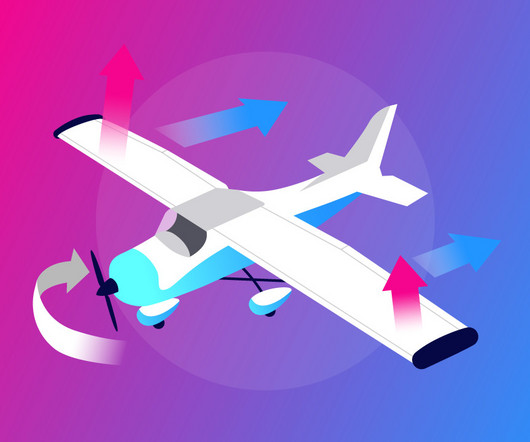Airspeed and Altitude Control Simplified: Tips for Stable Flying
Pilot Institute
NOVEMBER 16, 2024
The faster an aircraft goes, the more lift it generates. Lift is the upward force that keeps you in the air. If airspeed is too slow, the aircraft could lose lift and stall. Higher altitudes, where the air is thinner, require adjusted airspeeds for stable flight. It’s essential for low-level and slow-flight scenarios.













Let's personalize your content